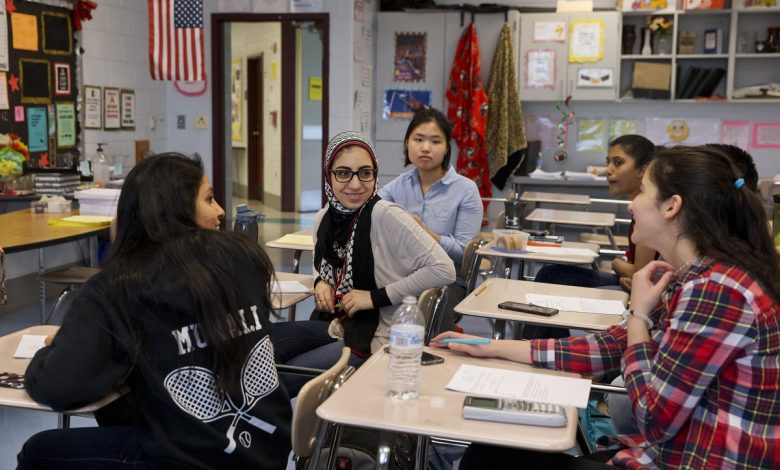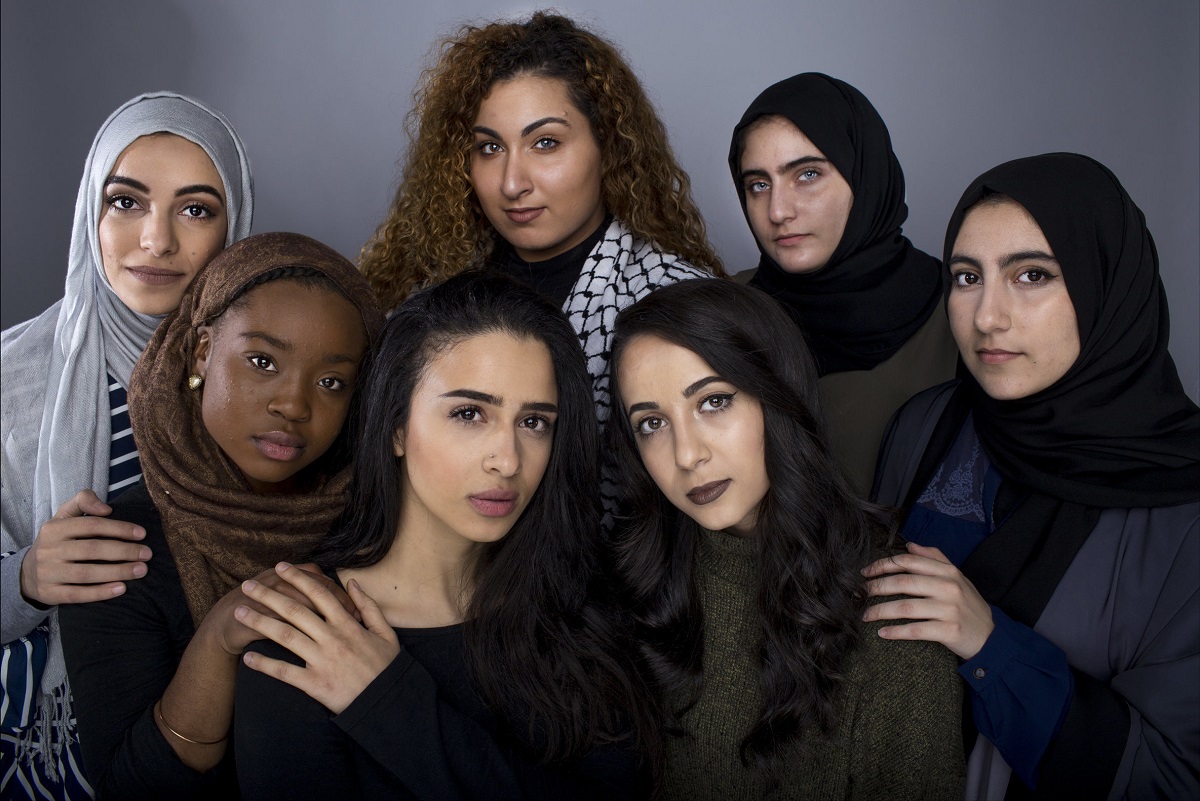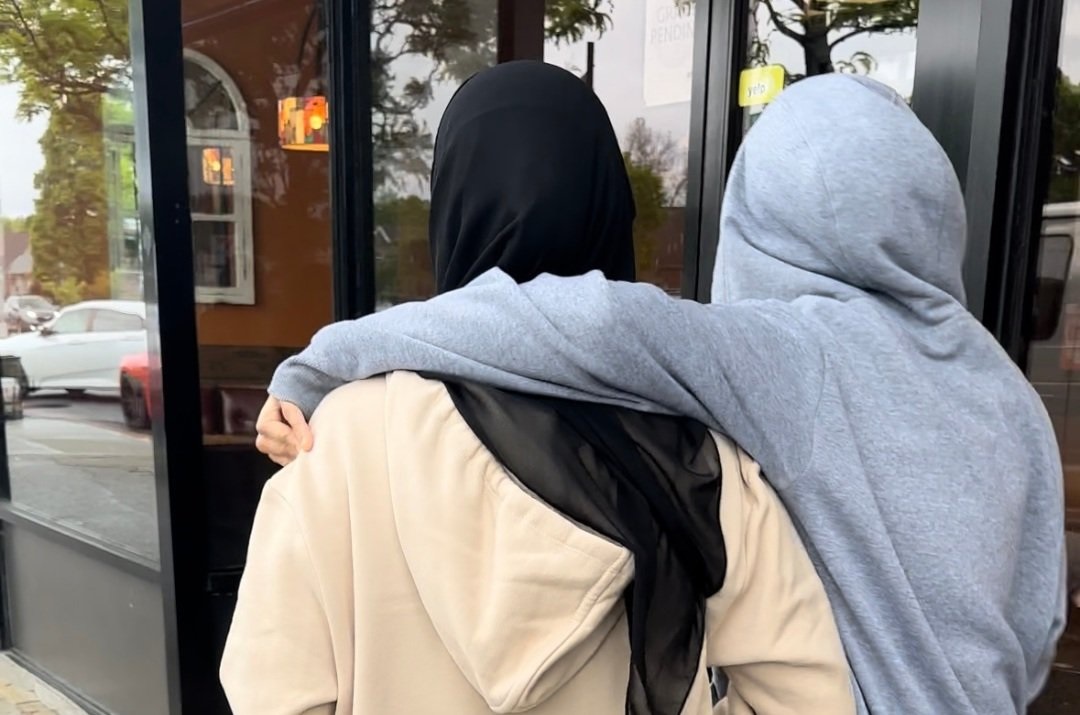Bullying in U.S. High Schools: The Challenges Faced by Arab and Muslim Students
Exploring Islamophobia, Identity-Based Discrimination, and How Arab and Muslim Teens Cope in American Schools.

Many Arab and Muslim students in the United States face bullying and discrimination, particularly in middle and high school environments. This bullying can take various forms, from verbal harassment to social exclusion and even physical threats. Often, the bullying stems from Islamophobia, xenophobia, and racial or cultural ignorance.
While the U.S. has anti-bullying policies in schools, Arab and Muslim youth remain among the most targeted minorities, especially after major political events, wars in the Middle East, or incidents involving terrorism reported in the media.
1. Forms of Bullying Against Arab and Muslim Students
Arab and Muslim students experience bullying in several ways:
-
Verbal Abuse: Being called terrorists, Osama, or ISIS, especially after news headlines related to the Middle East.
-
Mockery of Religious Practice: Making fun of the hijab, fasting during Ramadan, or praying.
-
Cultural Stereotyping: Assuming all Arabs are Muslims, all Muslims are Arabs, or associating them with violence.
-
Social Exclusion: Being isolated in group projects or lunch settings.
-
Cyberbullying: Insults and hate speech on social media platforms.

2. Statistics and Reports
-
According to a 2023 report by CAIR (Council on American-Islamic Relations), over 50% of Muslim students in U.S. public schools reported being bullied due to their religion.
-
29% of those bullied said the teacher or school staff was involved.
-
The bullying rate is twice the national average for students in general.
This trend affects both immigrant and American-born Muslim students, especially those who visibly express their faith—such as girls wearing the hijab or boys with Arab names.
3. Impact on Students’ Well-Being
Bullying has a deep emotional and psychological impact on Arab and Muslim youth:
-
Lower academic performance
-
Withdrawal from school activities
-
Loss of self-esteem or identity confusion
-
Fear of speaking Arabic or showing cultural pride
-
In some cases, mental health issues such as anxiety and depression
Some students also avoid bringing cultural food, hide their religious identity, or refuse to attend Islamic events at school due to fear of being mocked.
4. Efforts to Combat Discrimination and Support Students
Thankfully, there are growing efforts to protect Arab and Muslim students:
School-Level Responses
-
Diversity training for teachers
-
Creation of Muslim student associations in high schools
-
Safe space programs for minority students

Legal and Civil Rights Support
-
Title VI of the Civil Rights Act prohibits discrimination based on race or national origin in schools that receive federal funding.
-
Organizations like CAIR, MPAC, and ACLU offer legal help and advocacy.
-
Parents can file complaints if their children face sustained bullying or school inaction.
Community Action
-
Parent-teacher involvement and collaboration with school boards
-
Hosting Islam 101 or Arab Culture awareness days to build understanding
-
Partnering with local mosques, cultural centers, or interfaith organizations to support youth
5. Success Stories and Progress
In recent years, more Arab and Muslim students have stepped forward to fight bullying and educate their peers:
-
In California, Muslim teens launched a peer education campaign called “My Faith. My Story.”
-
In Michigan and New York, schools with high Arab populations now offer Arabic language and Islamic culture courses.
-
Some Muslim girls have successfully advocated for hijab-friendly dress codes in sports and graduation ceremonies.
These positive movements reflect a rising generation of confident, civically engaged Arab and Muslim youth.

Conclusion
Bullying remains a serious issue for Arab and Muslim students in U.S. high schools, fueled by stereotypes, media influence, and lack of cultural awareness. However, growing awareness, legal protection, and student activism are gradually changing the environment.
With the support of families, educators, and community organizations, Arab and Muslim teens can thrive in American schools while staying proud of their identity.



